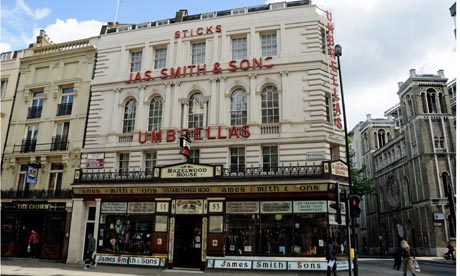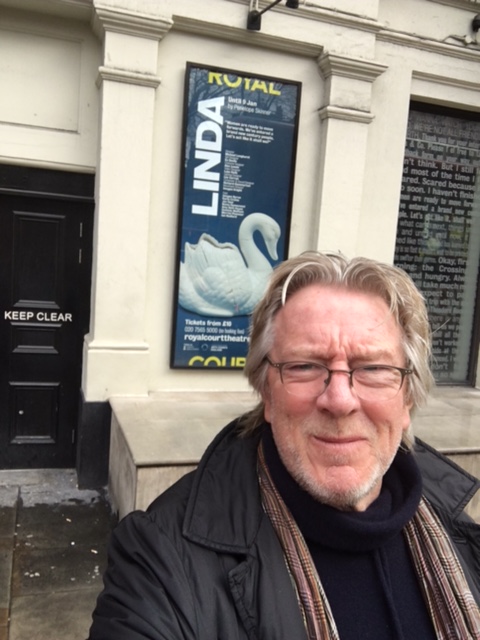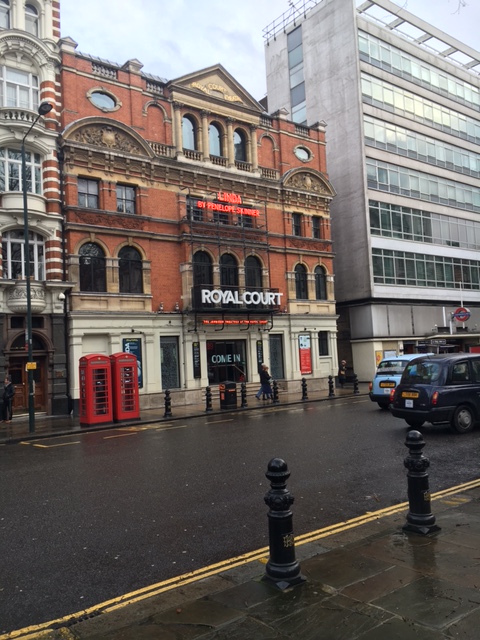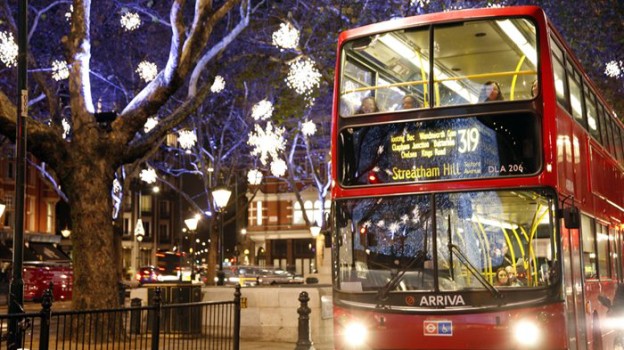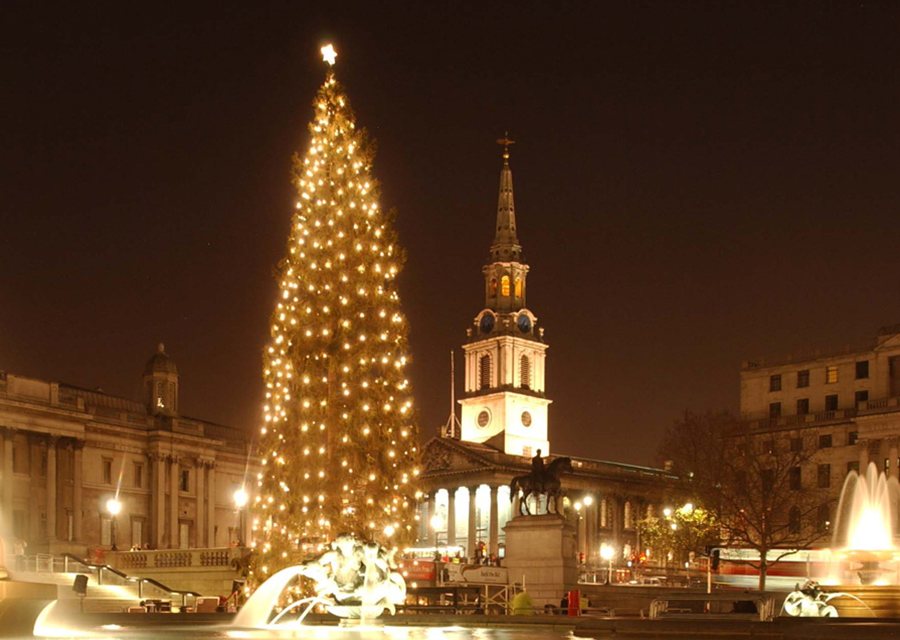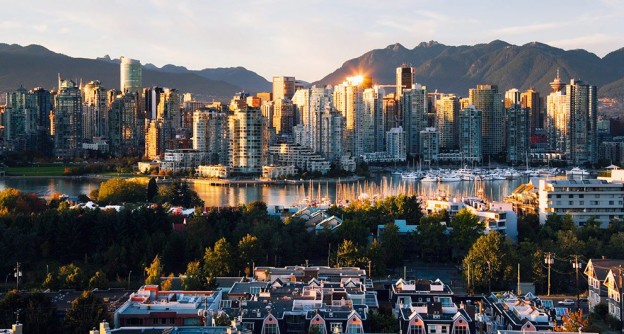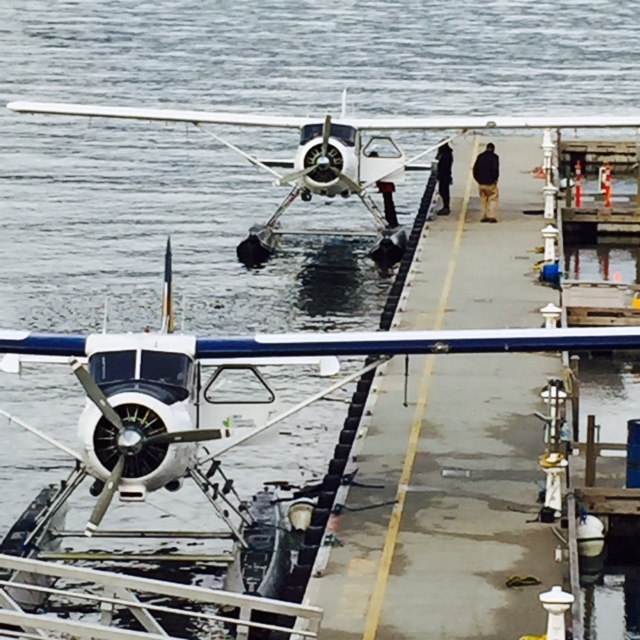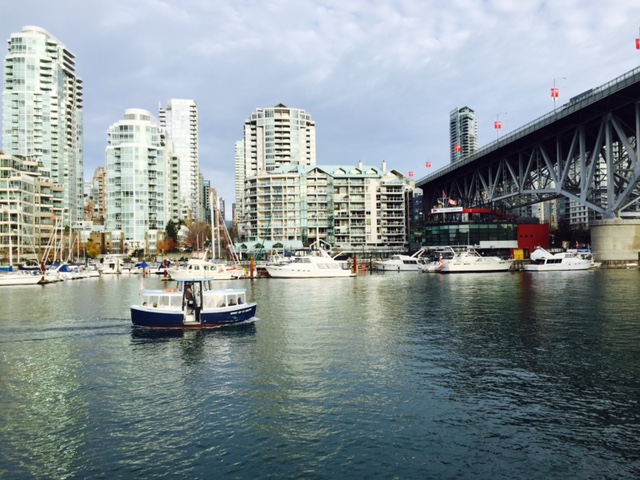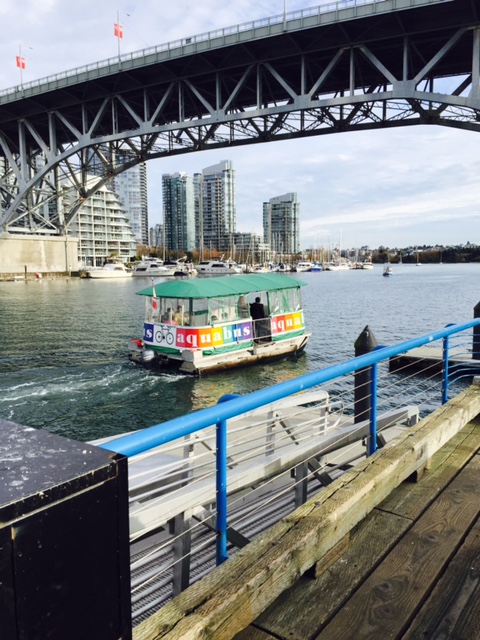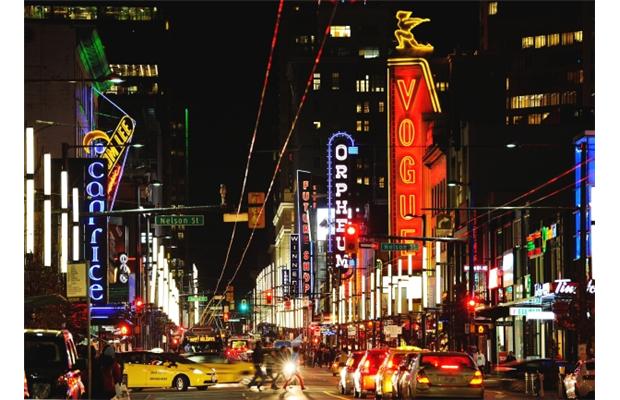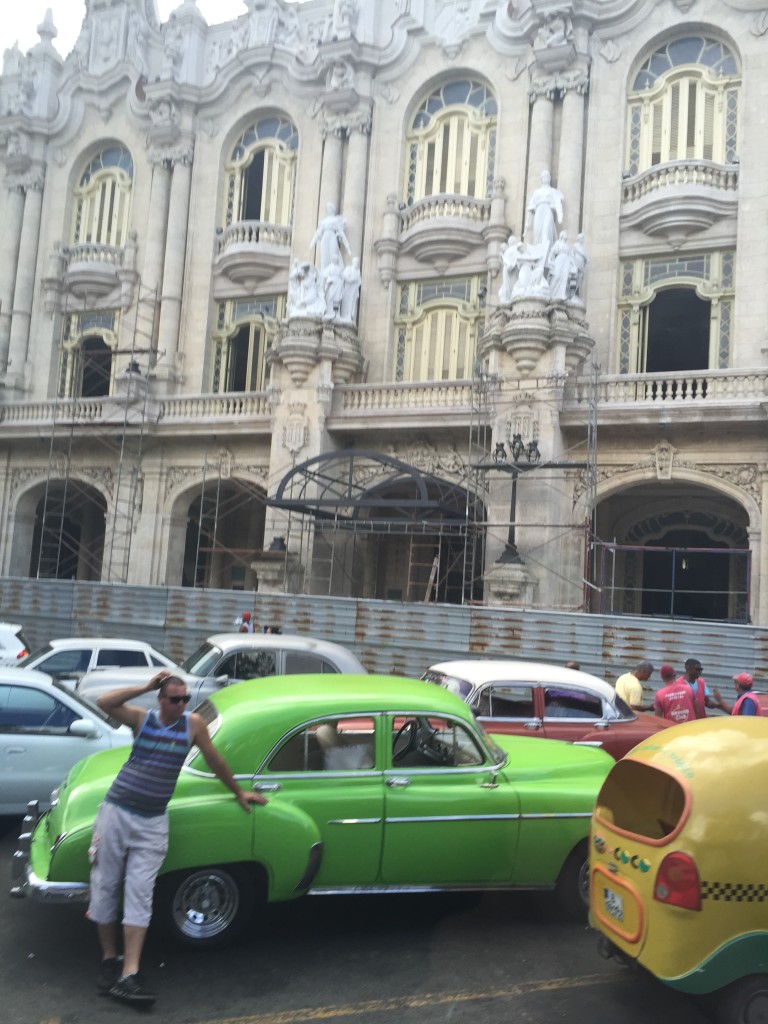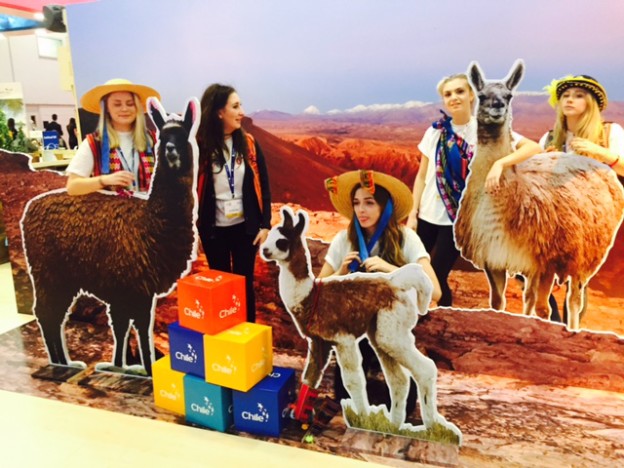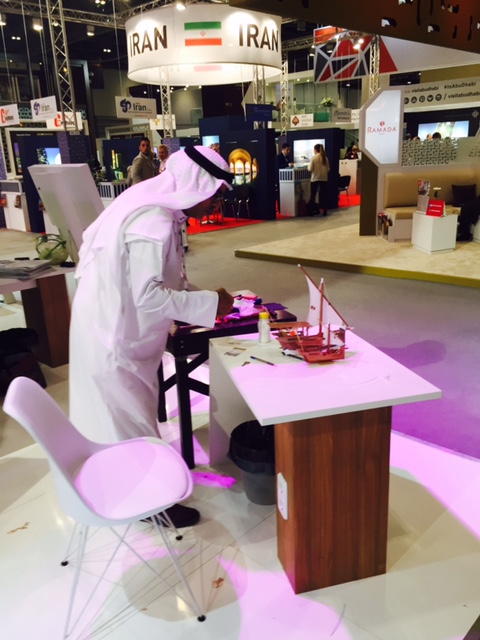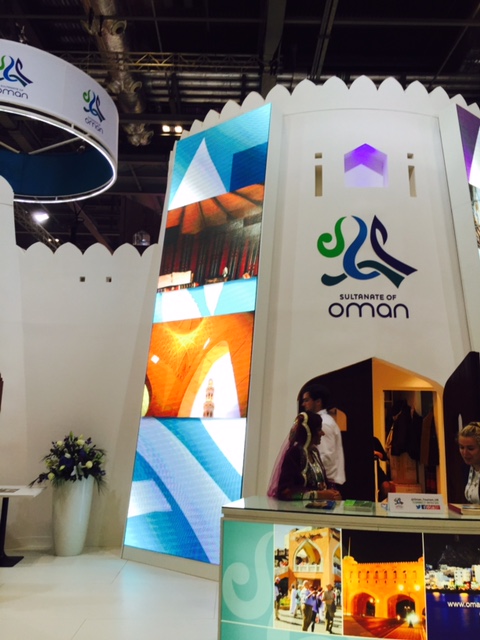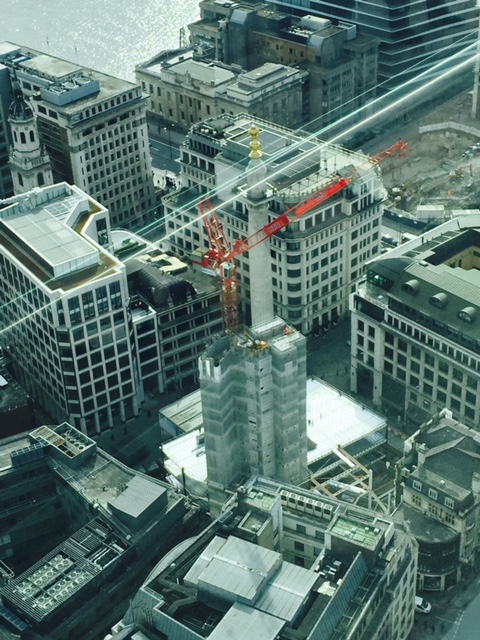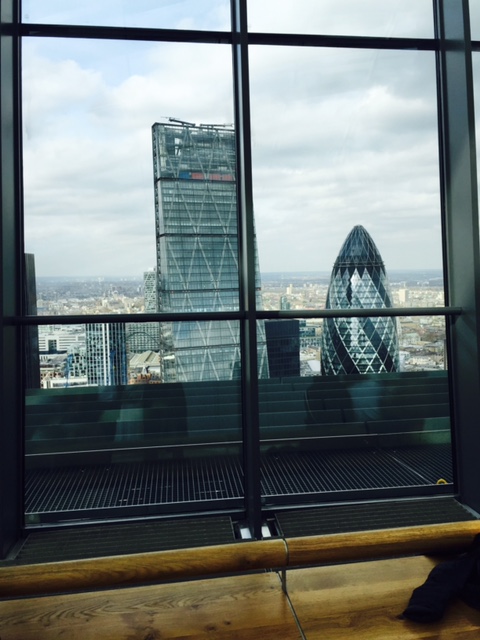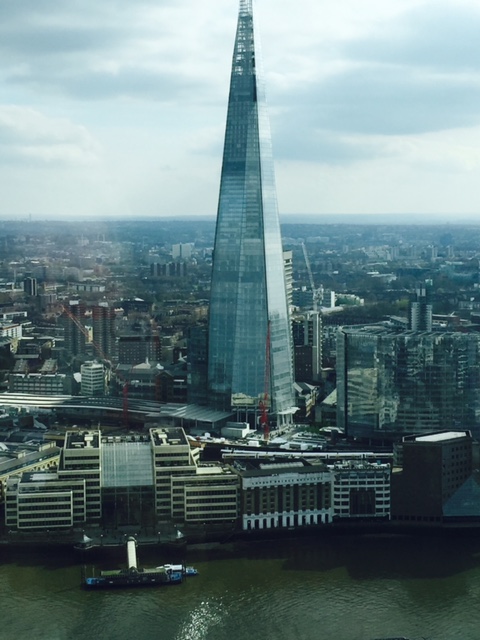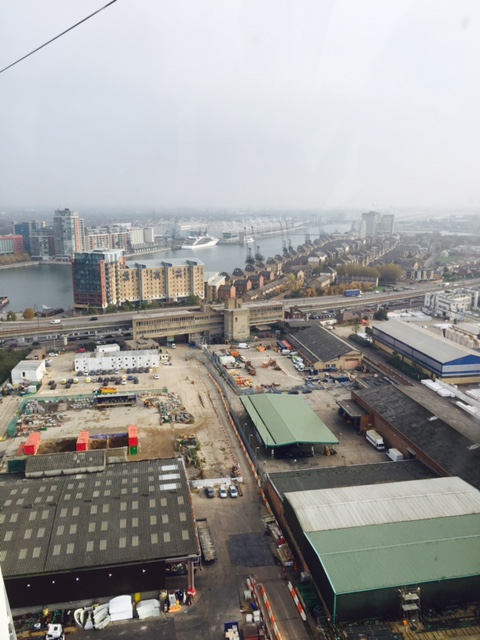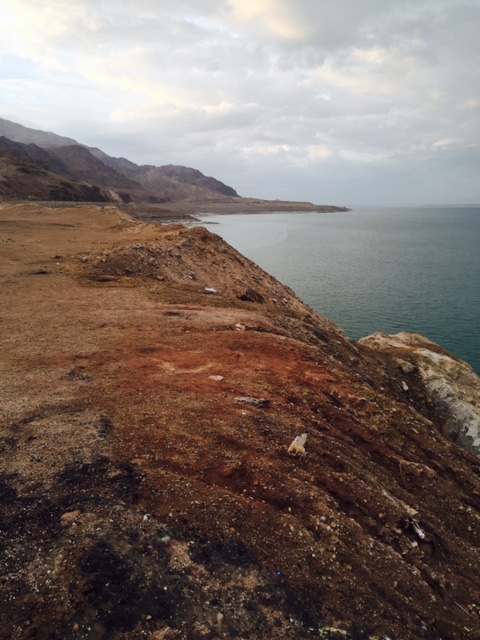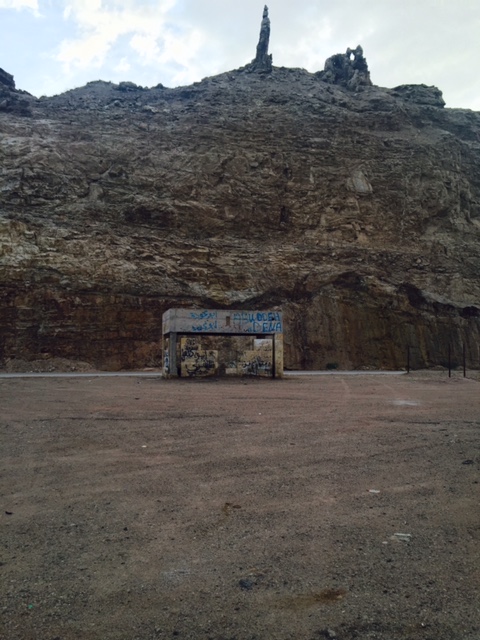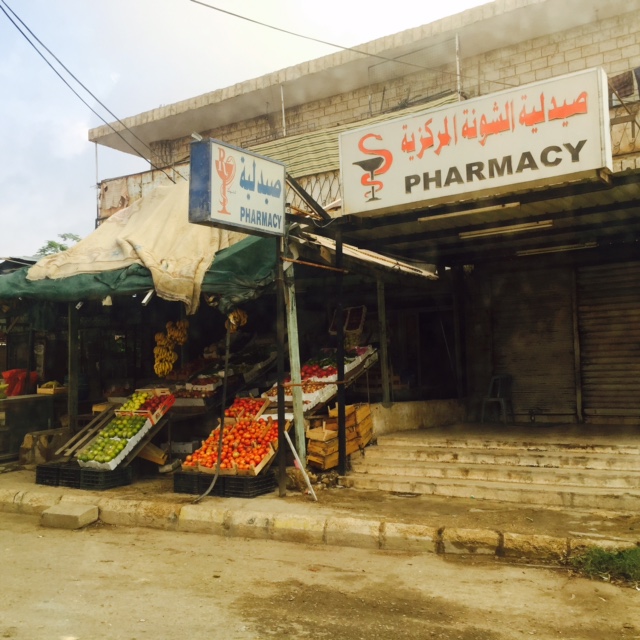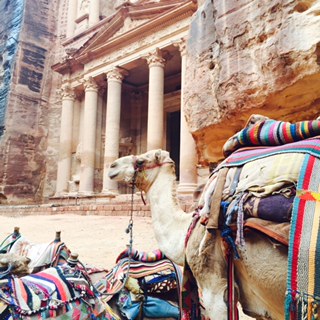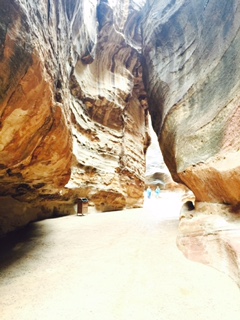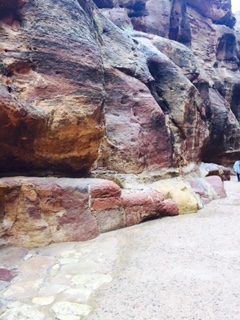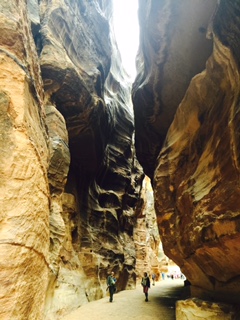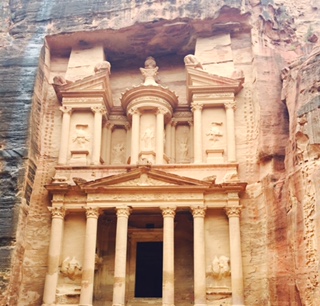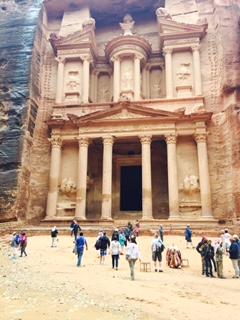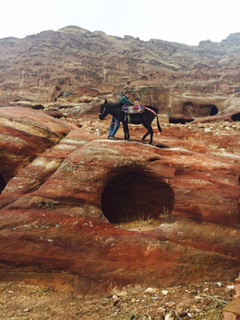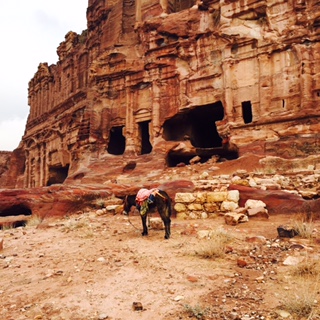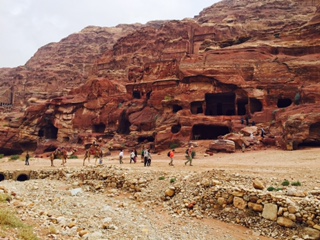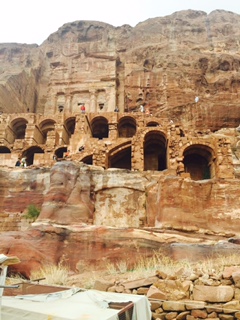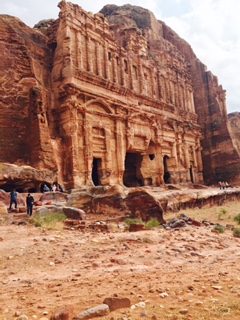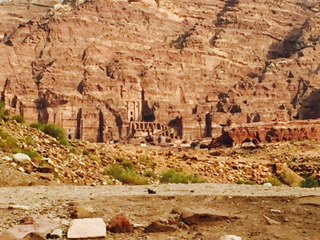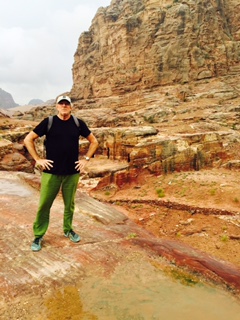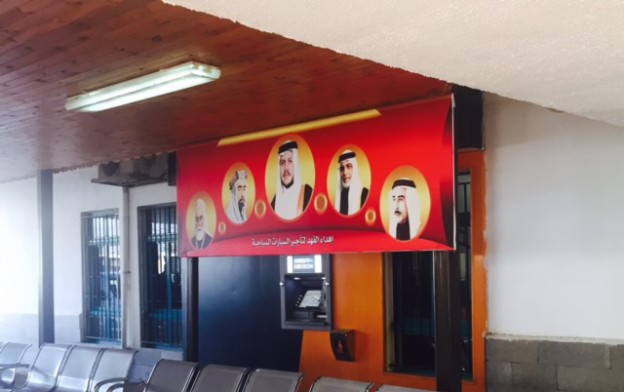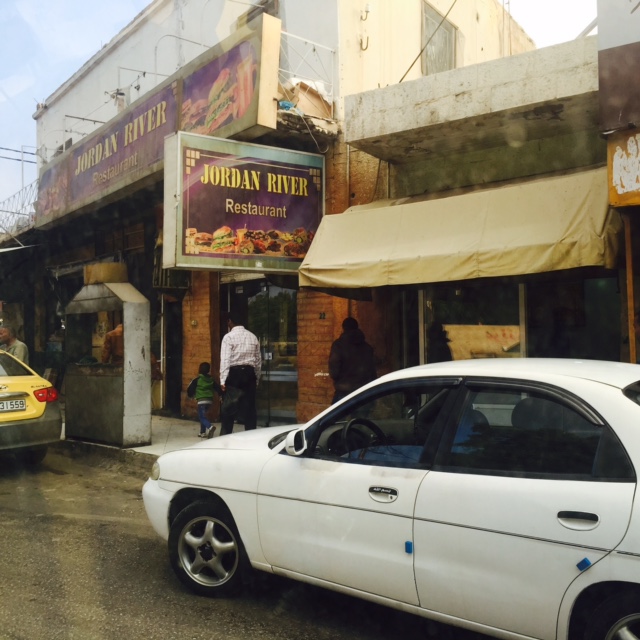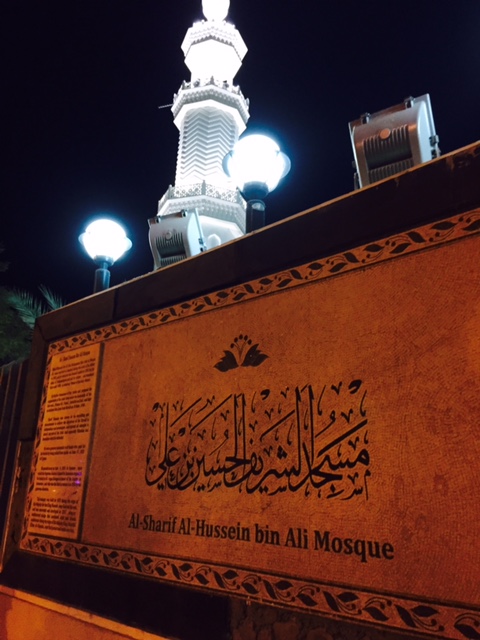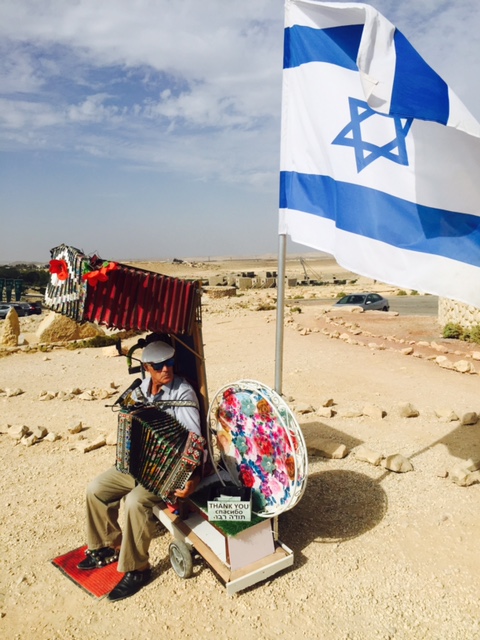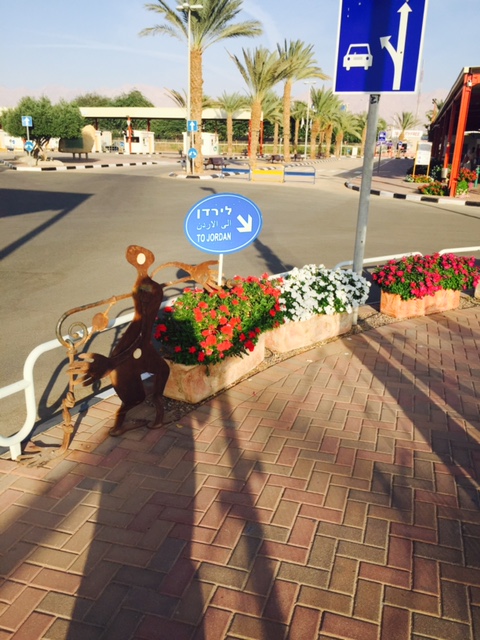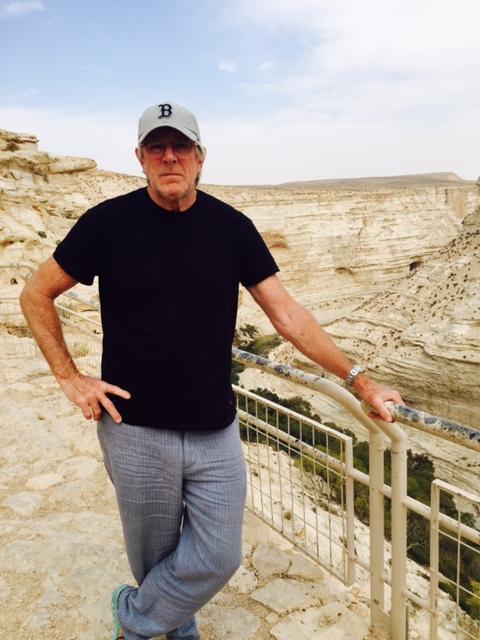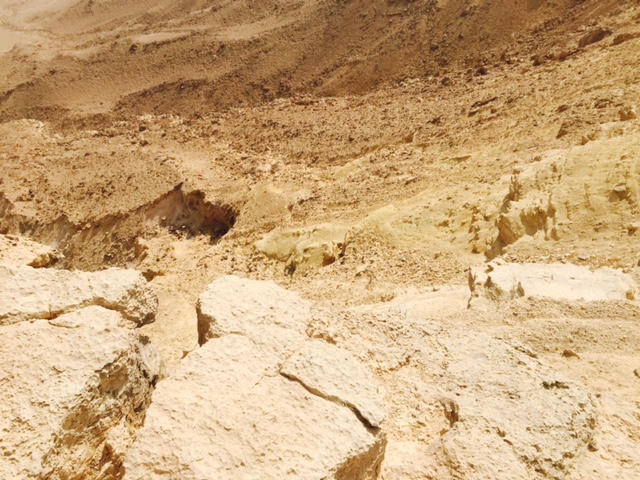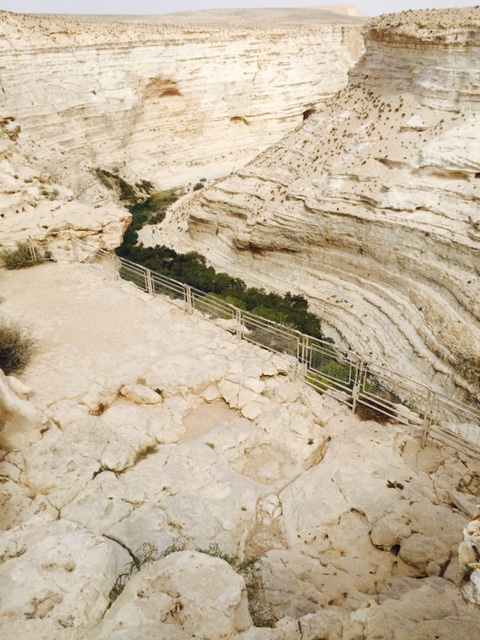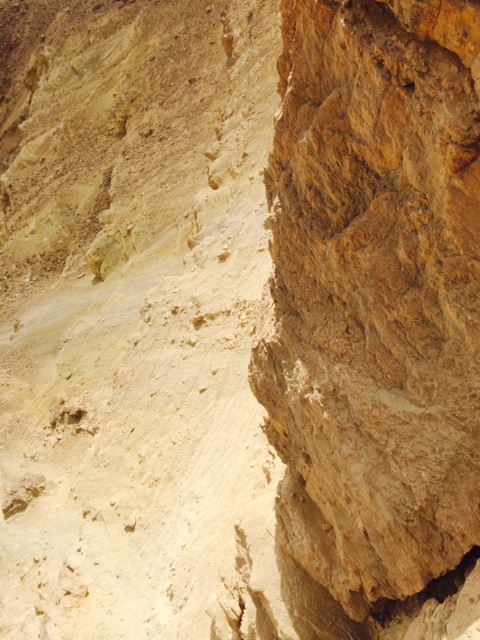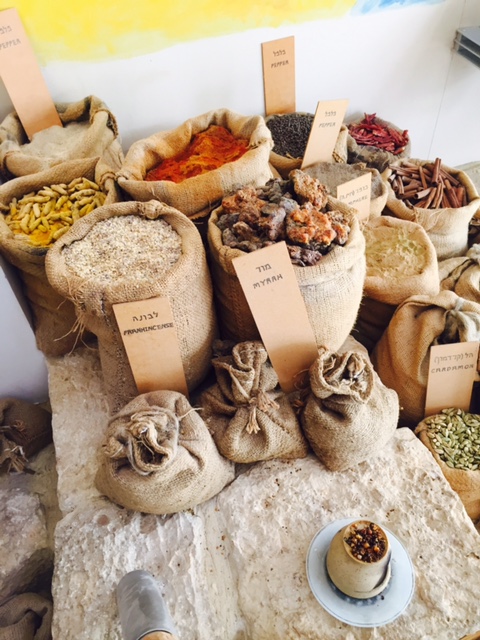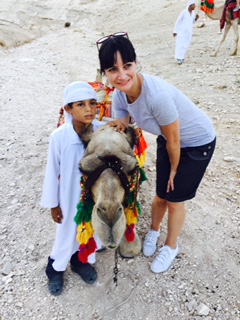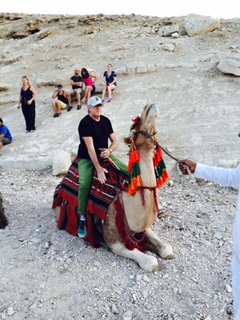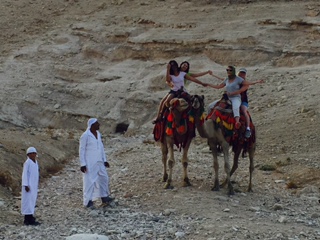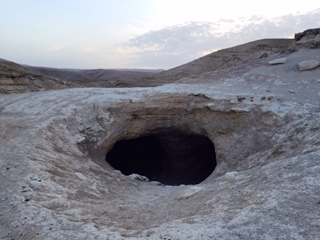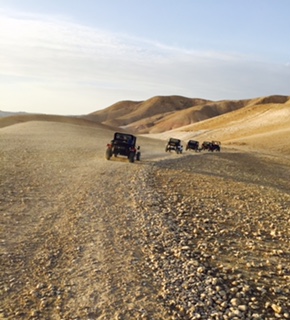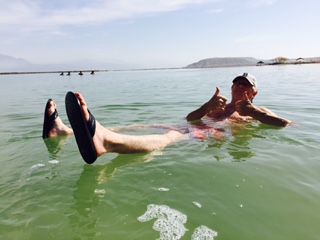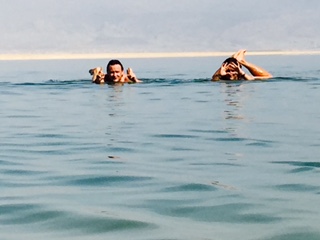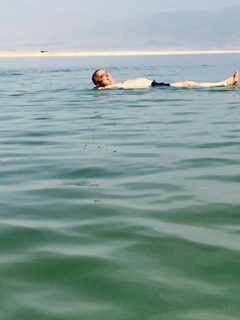London weather is a strange phenomenon.
As blue as the sky is at any moment in time, there always is at least a 50% chance that the weather will turn for the worse. Furthermore, it will almost certainly end up as rain! Then it stops and starts and rains some more.
In England it rains – so much so that English people have a national obsession about the weather. “How’s the weather love? Bit hot today. It hasn’t stopped raining. We will need an arc if it carries on like this.” They even have words for varying degrees of rain. Spitting (yes, spitting!), drizzle and rainy spells (as if it’s some magic trick)! Cloudy with a chance of…some rain. Not rain but some rain!
I was thinking of this the other day while I was walking through Covent Garden and had to stop at the store Muji, a place where I always buy great pens, to grab a reasonably dependable short umbrella. Fact is that you simply cannot be without an umbrella in London. The whole city is geared towards terrible weather (there even are signs inside of the Underground stations telling us to shake our umbrellas Outside of the station in order to avoid slippery surfaces) and in stores people leave their umbrellas at the umbrella parking space by the door. Truthfully, if you are armed with a short umbrella which you can stick in your pocket, you can kind of go anywhere. It is a liberating feeling!
This got me thinking about umbrellas in general.
What is the story with umbrellas? Where did they come from and how did they evolve into what they are today? Funny enough, the basic umbrella was invented around 4,000 years ago and even appears in ancient wall drawings. The umbrella was made with paper and used as a shade from the sun. Hence, the name umbrella which comes from the Latin word umbra meaning shade. Leave it to the Chinese to figure out a way to wax the paper umbrella and lacquer them so that they can be used for both sun and rain. Then we fast forward a few thousand years to the 19th century when James Smith and Sons Umbrella Shop opened in London in 1830 to serve middle- to upper-class people a parasol for the rain. Working classes used their cloth caps or just got wet! The shop on 53 New Oxford Street is still there selling high end umbrellas to tourists and wealthier clients alike. England even invented a word that is used everywhere today – brolly.
So where was my tiny umbrella from Muji made? Muji is a Japanese store and my pens most certainly are made in Japan – but you guessed it, my umbrella has gone back to its roots and is made in China. This likely is also where every single short version umbrella in any city sold by any number of people comes from. When you dash into a store or buy an umbrella from a guy that just happens to show up because it is raining (and let’s face it, you need it), remember that he is simply following a 4,000 year old custom practiced over the years and built to perfection for an English climate. But if you fancy a high end experience, go to James Smith and treat yourself to the real deal – a brolly for the ages.

